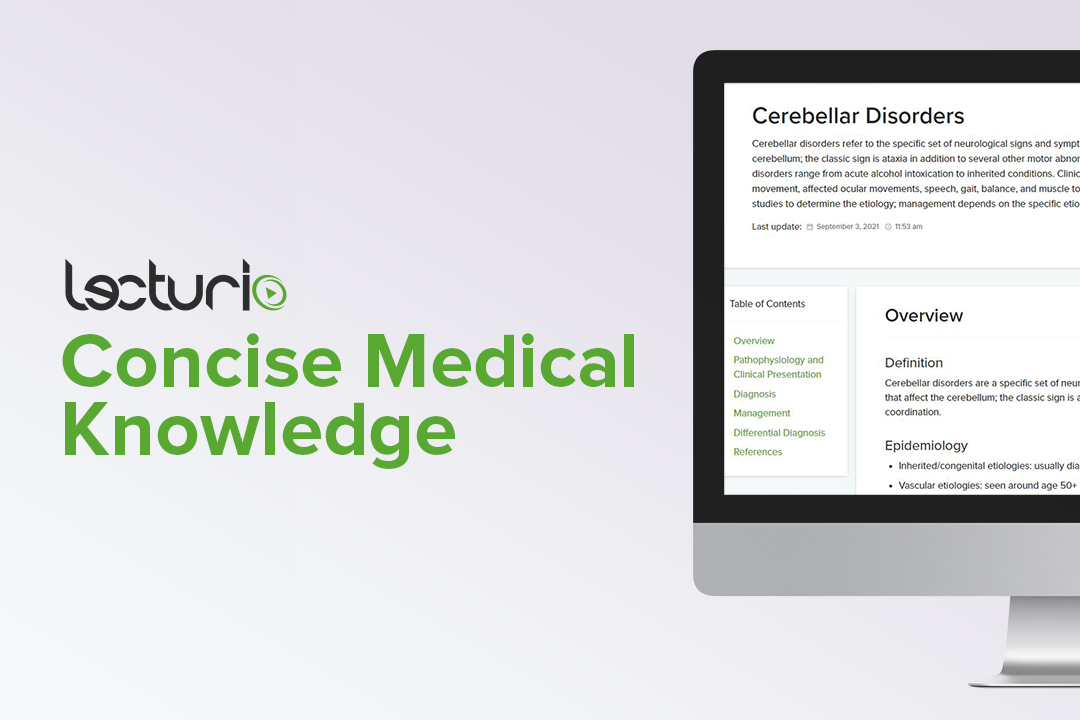Playlist
Show Playlist
Hide Playlist
OMM: Dizziness and Vertigo
-
Slides Osteopathic Manipulation Treatment for Neurologic Presentations.pdf
-
Reference List Osteopathic Manipulative Medicine.pdf
-
Download Lecture Overview
00:00 Another neurologic complaint that we could take a look at and apply OMT is dizziness and vertigo. 00:07 So, you really have to differentiate when patients come in and say that they feel dizzy. You want to know if they are feeling just lightheaded dizzy or if the room is actually spinning without them moving. And so vertigo is when patients have the sensation of the whole room is spinning even though they are not moving. Dizziness and lightheadedness is not the same thing. So, what happens with dizziness and vertigo is we're concerned again with falls. Patients of advanced age, if they fall, there is increased risk of fracture and thus increased morbidity and mortality. Dizziness and vertigo is one of the most common complaints for patients greater than 75 years old. So, with OMT, what we want to try to do is to normalize proprioceptive input, improve range of motion, promote venous and lymphatic circulation and balance neurologic reflexes. So remember, our balance is controlled by 3 semilunar canals in the ear and so those semilunar canals are housed within the temporal bone. So this is a common place that you need to inspect and check if patients come in with complaints of balance issues or vertigo. So somatic dysfunctions of the neck could also have an effect with proprioception and vertigo. Remember that 30% of our proprioceptors reside in our upper neck. If there are any restrictions in that upper neck region, that could also send an inappropriate signal to the central nervous system and affect vertigo. Somatic dysfunction in the extremities may also decrease our ability to compensate for imbalance. So following the neurologic model to try to treat vertigo with OMM, we want to take a look at different structures that may provide sensory information for balance and so it's really important to take a look at the upper cervical region, the cranial base, the temporal bones. Any restrictions there may cause an increase in sensory disinformation so we want to try to decrease that and try to enhance proper sensory input. There are also respiratory and circulatory considerations with vertigo. Sometimes vertigo could be complicated with increased inflammation or venous and lymphatic congestion to the middle and inner ear and so what we could try to do is to try to decrease some of that inflammation, approaching the patient in a respiratory and circulatory fashion to try to open up the thoracic inlet and make sure there are no restrictions to the neck and trying to improve drainage from the ear potentially utilizing Galbreath technique and to try to maximize the amount of drainage to help decrease inflammation and help them with their vertigo. So there was a pilot study done looking at balance in elderly patients and so what they found was they were able to improve the balance in elderly patients by using an OMM protocol. So the protocol that they utilized applied soft tissue and myofascial release to the spine and the sacrum, they treated the upper extremity shoulders and the scapula, they treated the neck and performed venous sinus drainage technique to the head, also V-spread and the CV4 and then after those treatments if they had any specific tender points they treated them and what they found were patients after they received this protocol had improved balance when standing on a balance plate. So, there is a role for potentially improving balance especially in elderly patients with OMM. So, again looking at some techniques we could apply, we want to try to improve the proprioceptive input from the neck and extremities, you could use FPR, you could use any technique really that helps to decrease any muscle spasm or restrictions. You want to look at cranial dysfunctions that may impair the functioning of nerves. 04:01 You could use balanced membranous tension to treat any sort of restrictions in the cranium, make sure you address the OM suture to reduce any restrictions at the jugular foramen and also look at the lower extremities because that plays a factor in balance and how it compensates for any sort of trips or falls. So, treating the lower extremity whether it be muscle energy or any other articulatory or techniques to help decrease muscle spasm could help with balance.
About the Lecture
The lecture OMM: Dizziness and Vertigo by Sheldon C. Yao, DO is from the course Osteopathic Treatment and Clinical Application by System.
Customer reviews
5,0 of 5 stars
| 5 Stars |
|
5 |
| 4 Stars |
|
0 |
| 3 Stars |
|
0 |
| 2 Stars |
|
0 |
| 1 Star |
|
0 |





